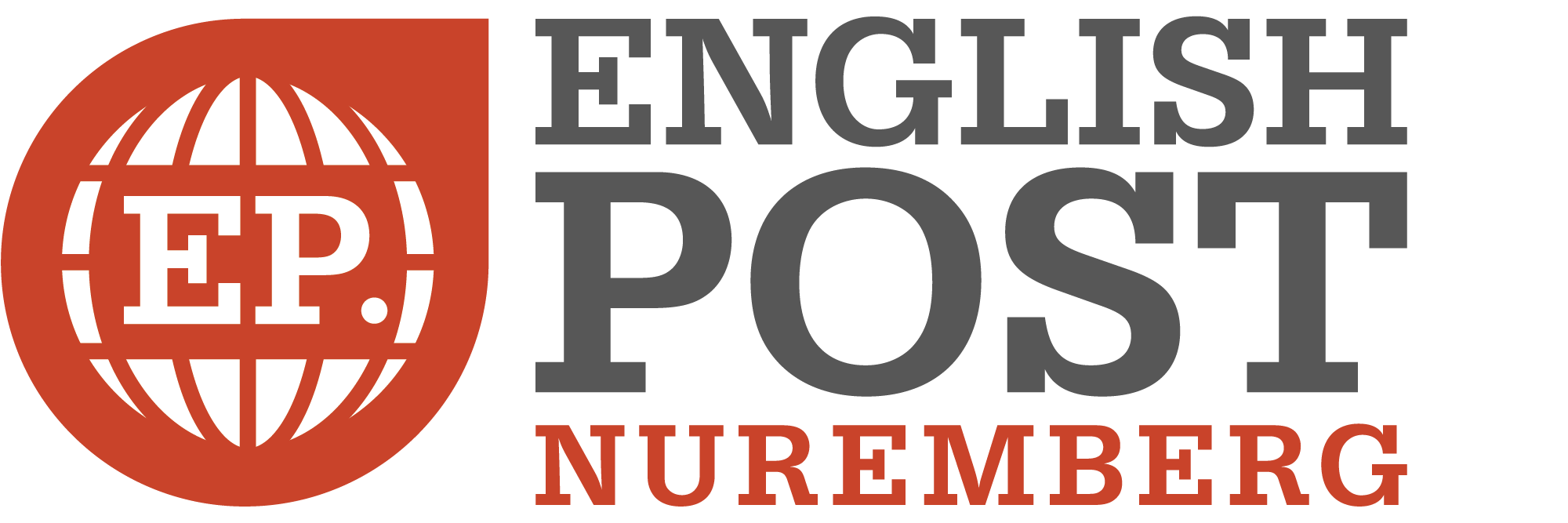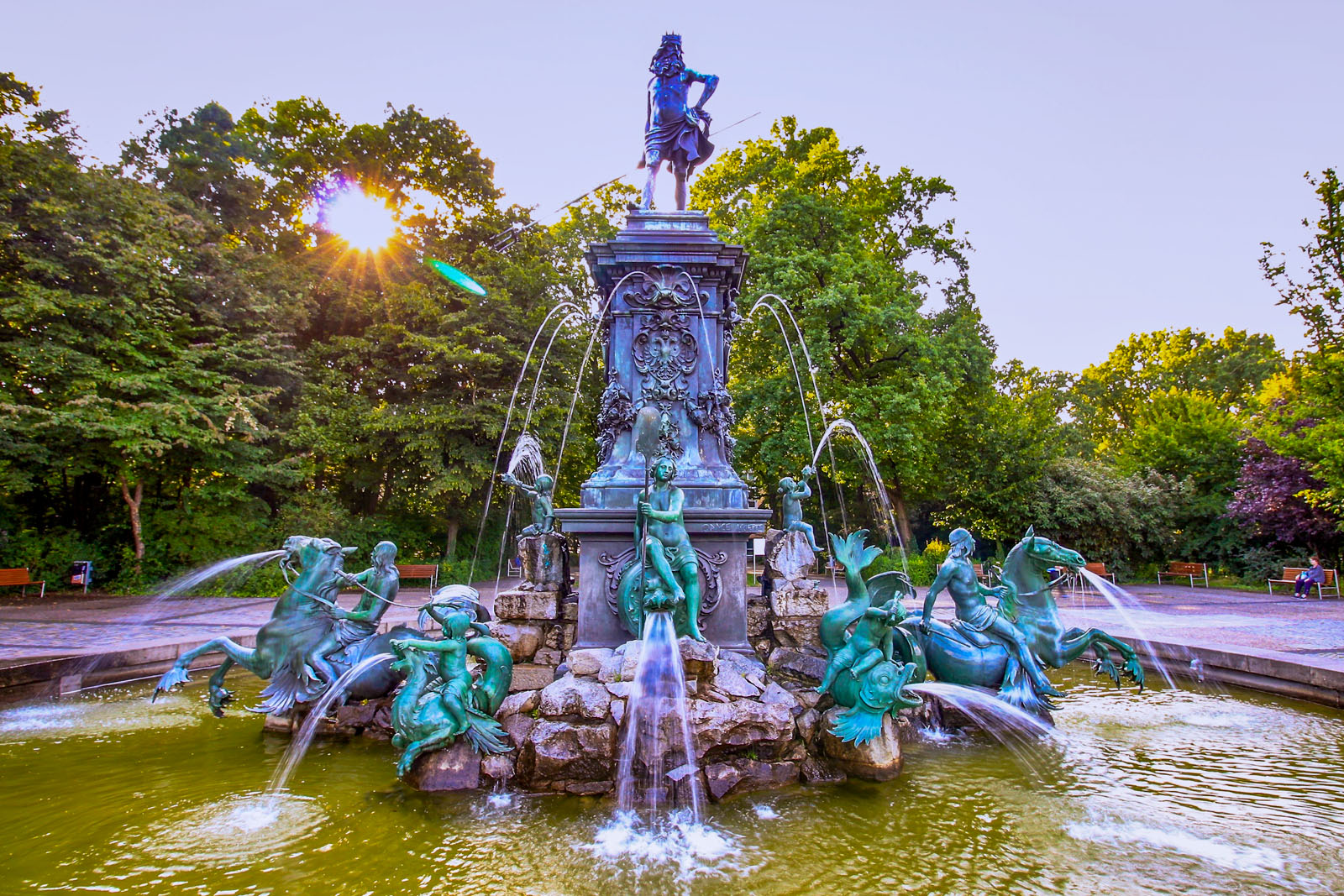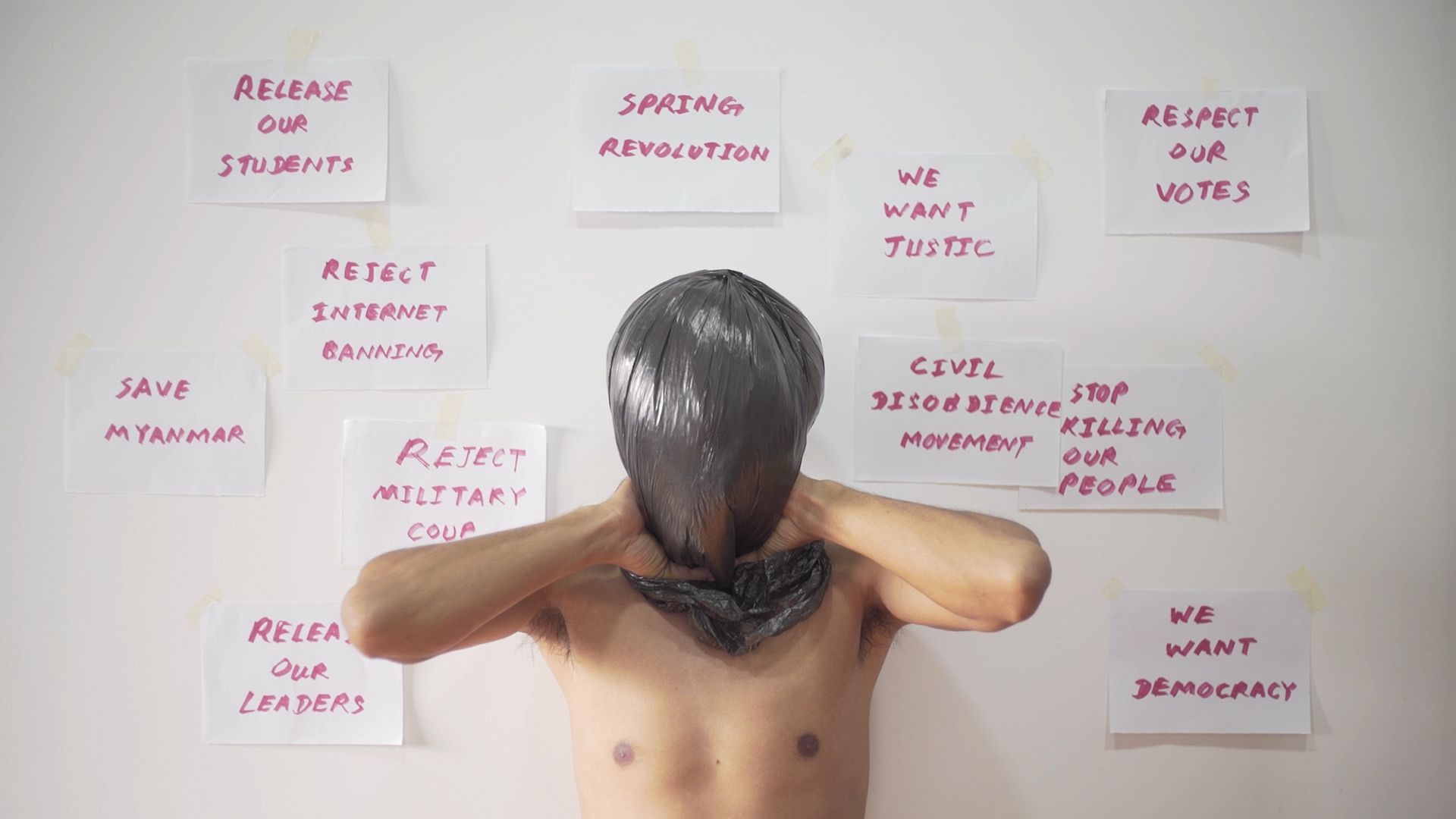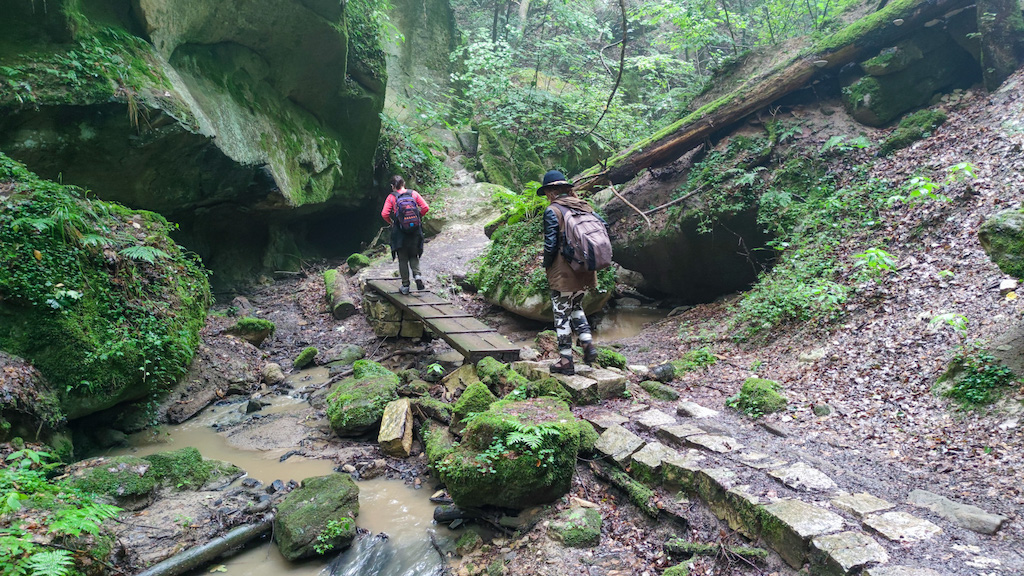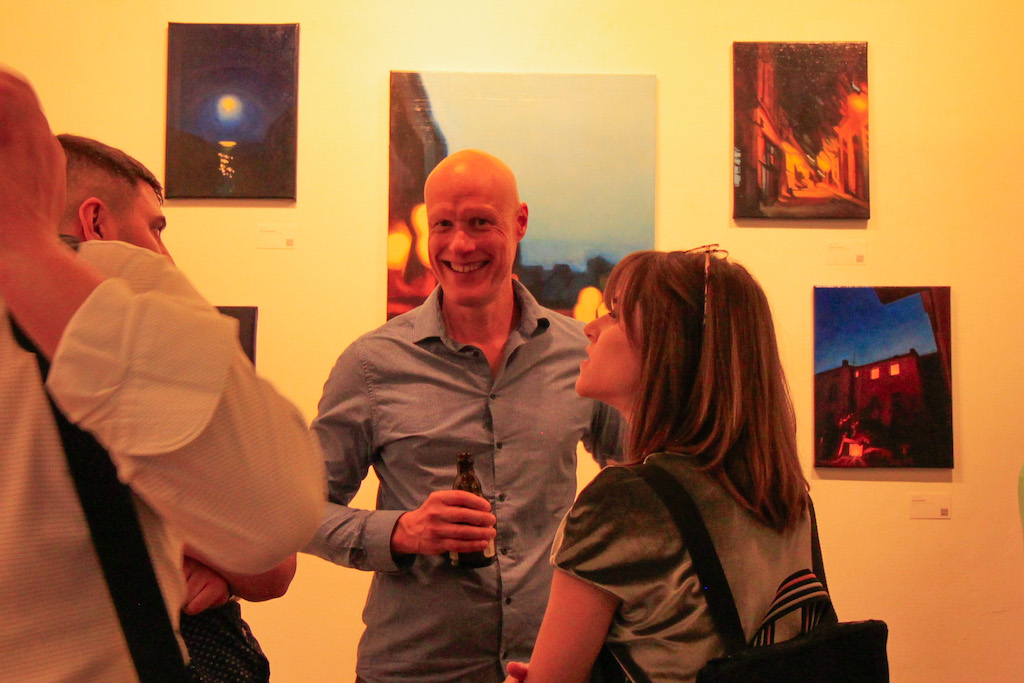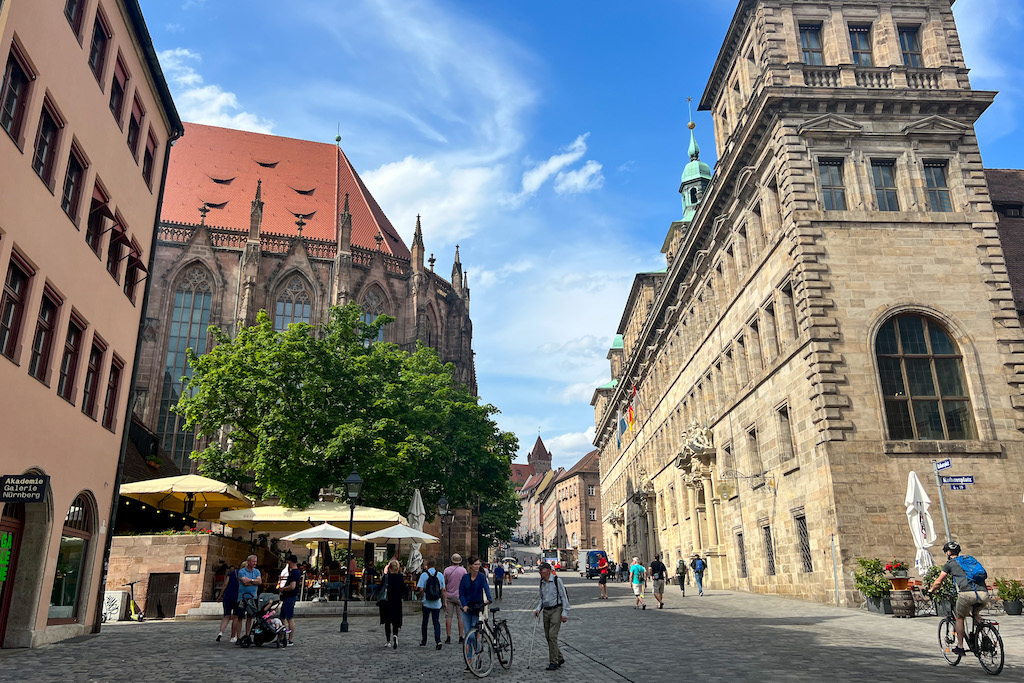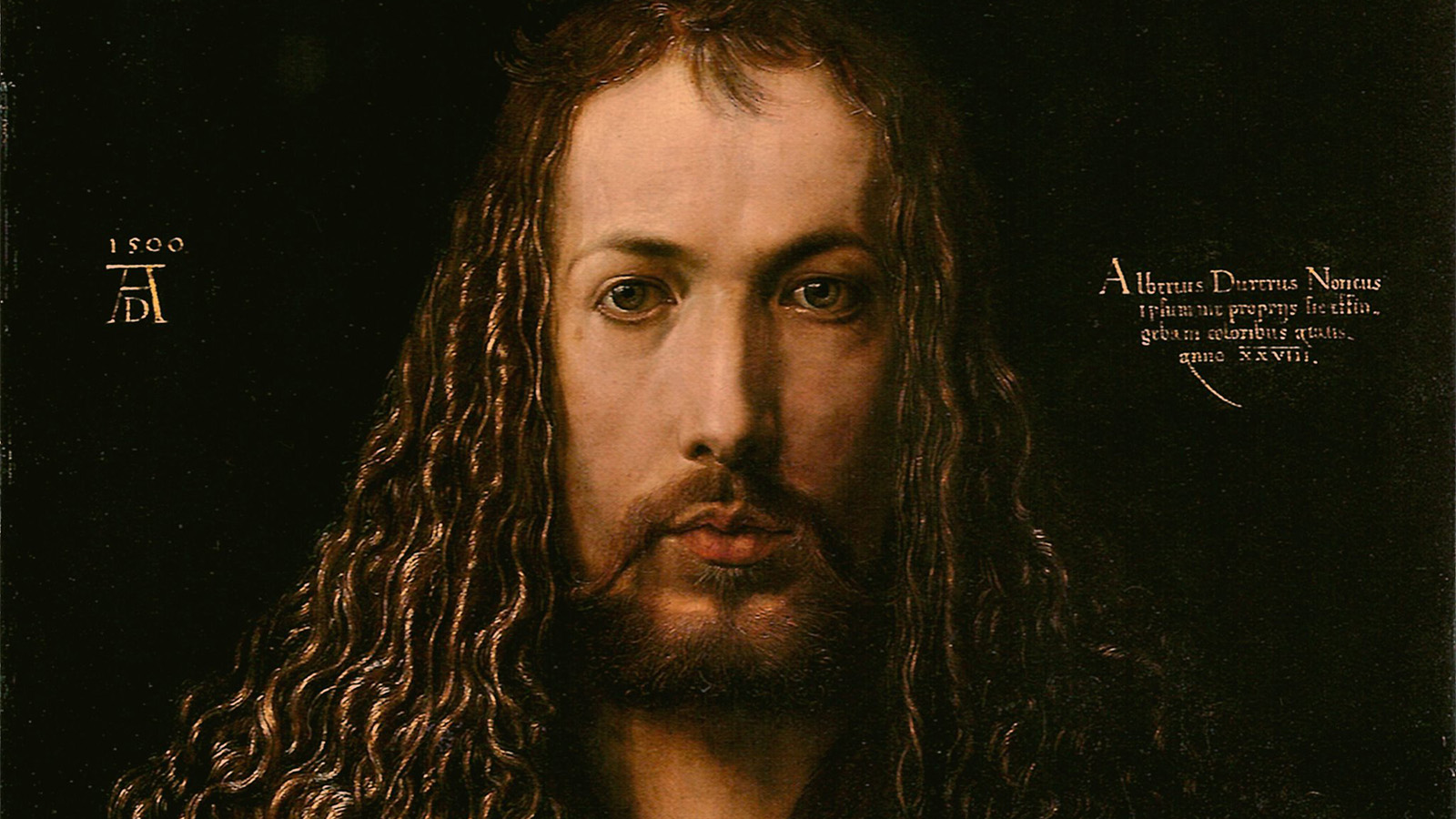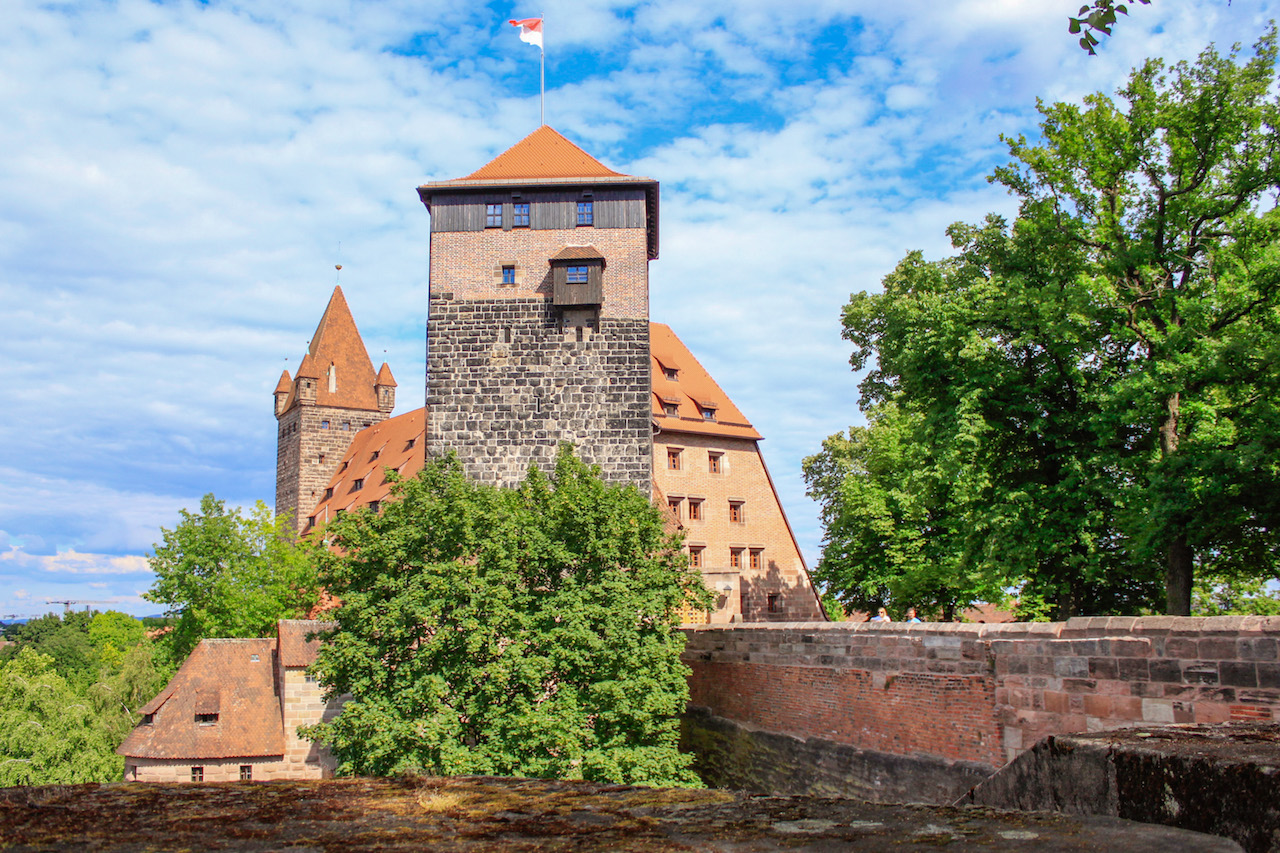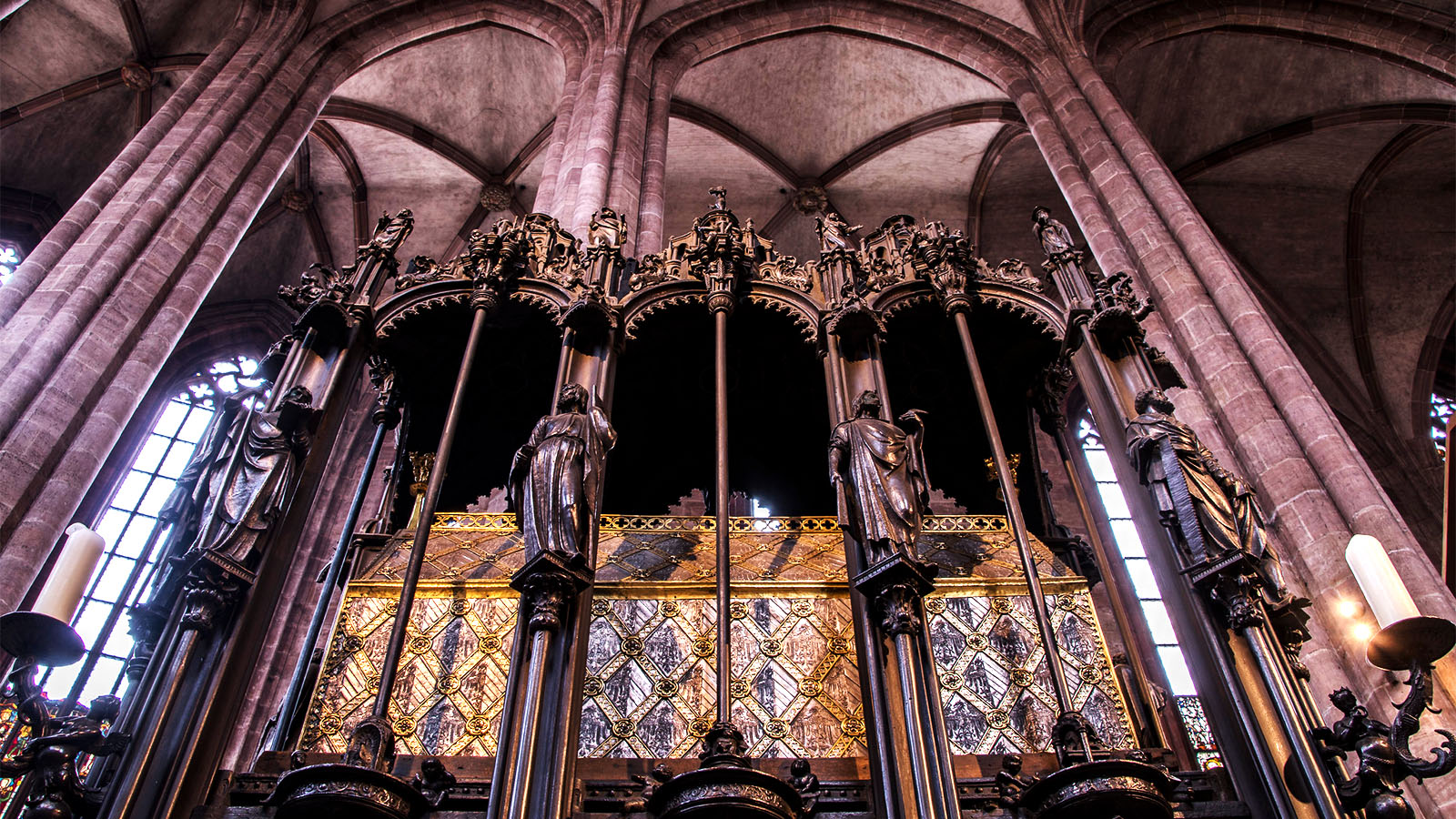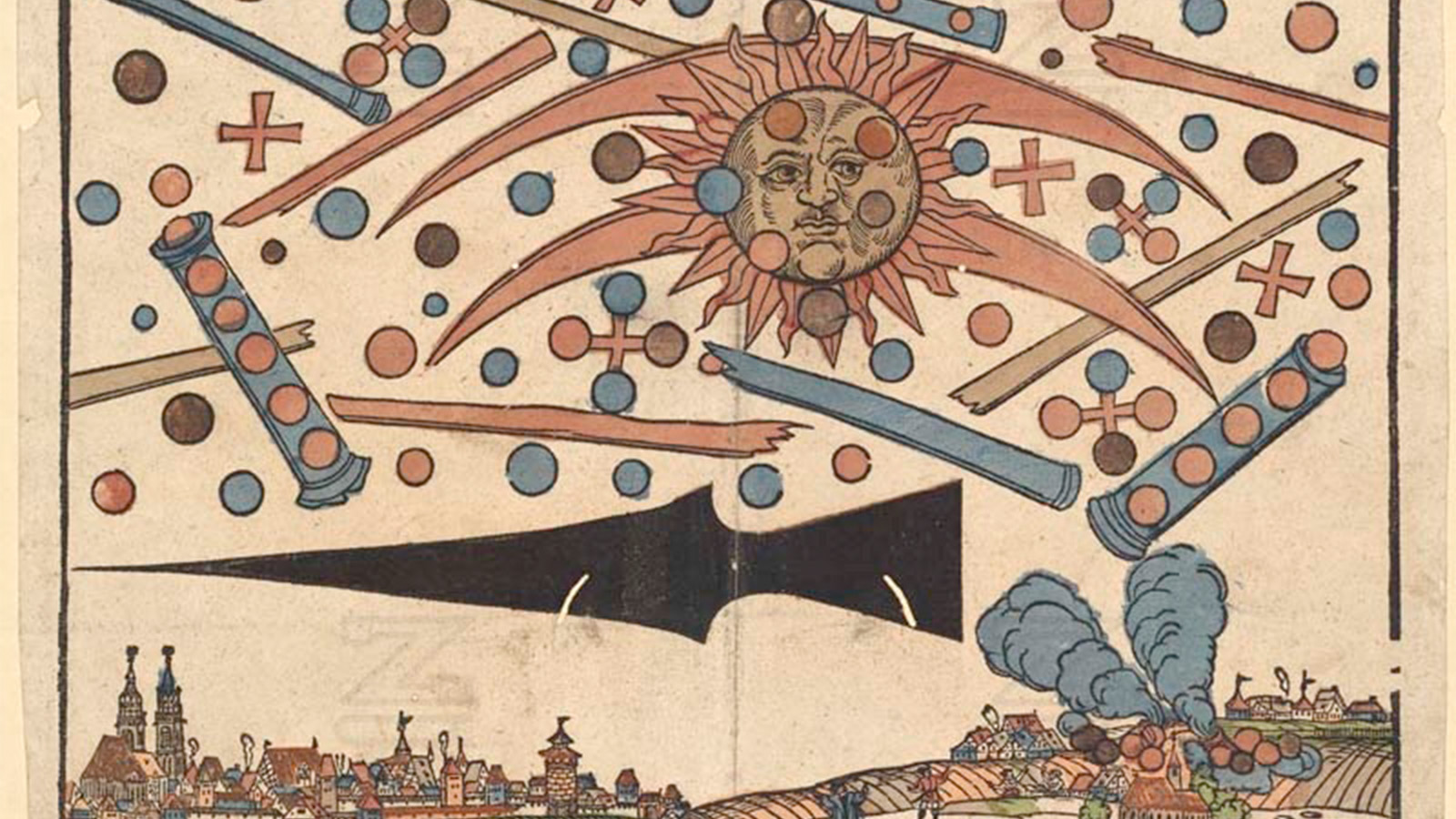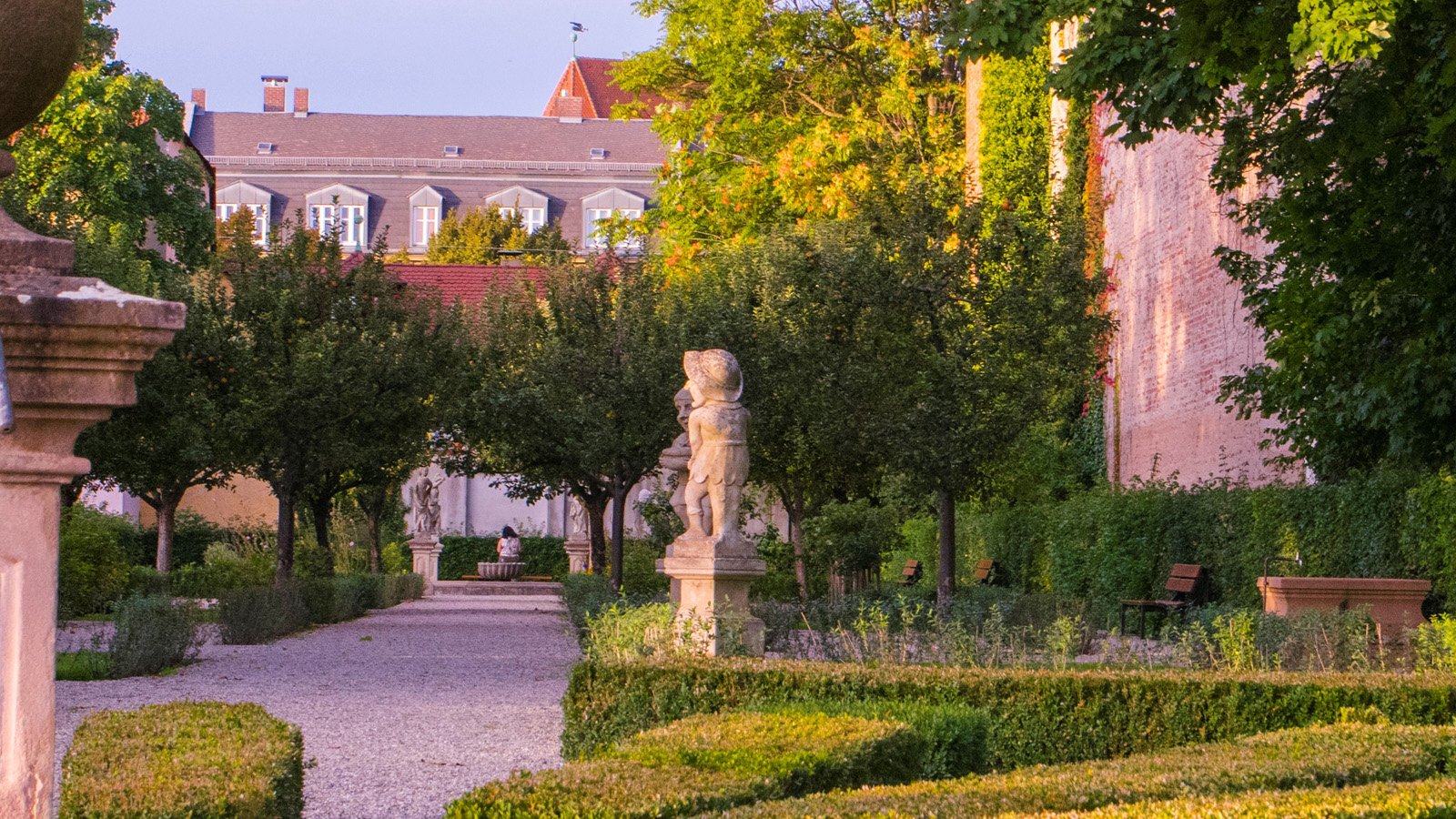Stand in the Main Market Square in Nuremberg and look around you. Is there anything missing? Imagine a large fountain, Baroque in style, nine metres high. At the top stands a figure of Neptune, Roman god of fresh water and the sea, holding his trident. This fountain sits slightly south of the square’s central axis, aligned carefully so as not to disturb a frontal view of the church on the east side while serving as a counterpoint to the Beautiful Fountain, or Schöner Brunnen, in the northwest corner. Our imaginary fountain was first conceived in 1650, as a monument celebrating the end of the 30 Years War. Yet 250 years went by before the Neptunbrunnen, or Neptune’s Fountain was erected in 1902 only to be removed again in 1934 on the orders of Adolf Hitler. Today Neptune’s Fountain still exists but is located outside the city walls, in the Stadtpark. The convoluted history of the largest baroque fountain north of the Alps is full of controversy, which continues to this day.
The Thirty Years War involved many countries and raged in central Europe, primarily Germany, from 1618 to 1648. It was one of the most protracted and destructive conflicts in European and human history, causing an estimated 4.5 to 8 million deaths. In some areas, populations suffered decimations of up to 60 per cent, and in Nuremberg, the population was almost halved. The Peace of Westphalia ended the war and the remaining grievances were resolved here at the Nuremberg Peace Congress in 1649. In remembrance of this event and as a memorial to the war, Emperor Ferdinand III commissioned a “monument to peace” constructed from the iron of melted down cannons and to be placed in a “central location”.
The design, which closely resembles Neptune’s Fountain in Rome at the Piazza Navona, was made by the sculptor Georg Schweigger and goldsmith Christoph Ritter. The central location was also defined to be Nuremberg’s Main Market Square. Although the cast-iron figures were ready by 1668, the once fabulously wealthy imperial city of Nuremberg, crippled by the long war, lacked the financial resources to establish a water supply for the fountain.
During the next hundred years, the fountain remained dry and in storage, never finding its way to the intended location in the market square. Eventually, in 1797 the city sold the fountain to Tsar Paul I of Russia for 66,000 Guilders (about eight million Euros today). The Tsar had it transported to his summer residence, Peterhof Palace in Saint Petersburg where it remains to this day.
But the story doesn’t end there. Almost another hundred years had passed when the art historian Professor Friedrich Wanderer started a campaign to “recover what was lost”, which led to the Foreign Office making a financial offer to Tsar Alexander III for the return of the fountain. The offer was declined. Nevertheless, in 1896 as a sign of political reconciliation, the Tsar allowed a copy to be made. Back in Nuremberg, Councilor of Commerce Ludwig Gerngros agreed to personally finance a new casting and construction of the fountain, under the explicit condition that the fountain be positioned in its initially intended location in the Main Market Square. In 1902, Nuremberg finally had its peace memorial, and Neptune’s Fountain became a spectacle for inhabitants and tourists alike. The second cast was qualitatively equal to the original and is still admired today.
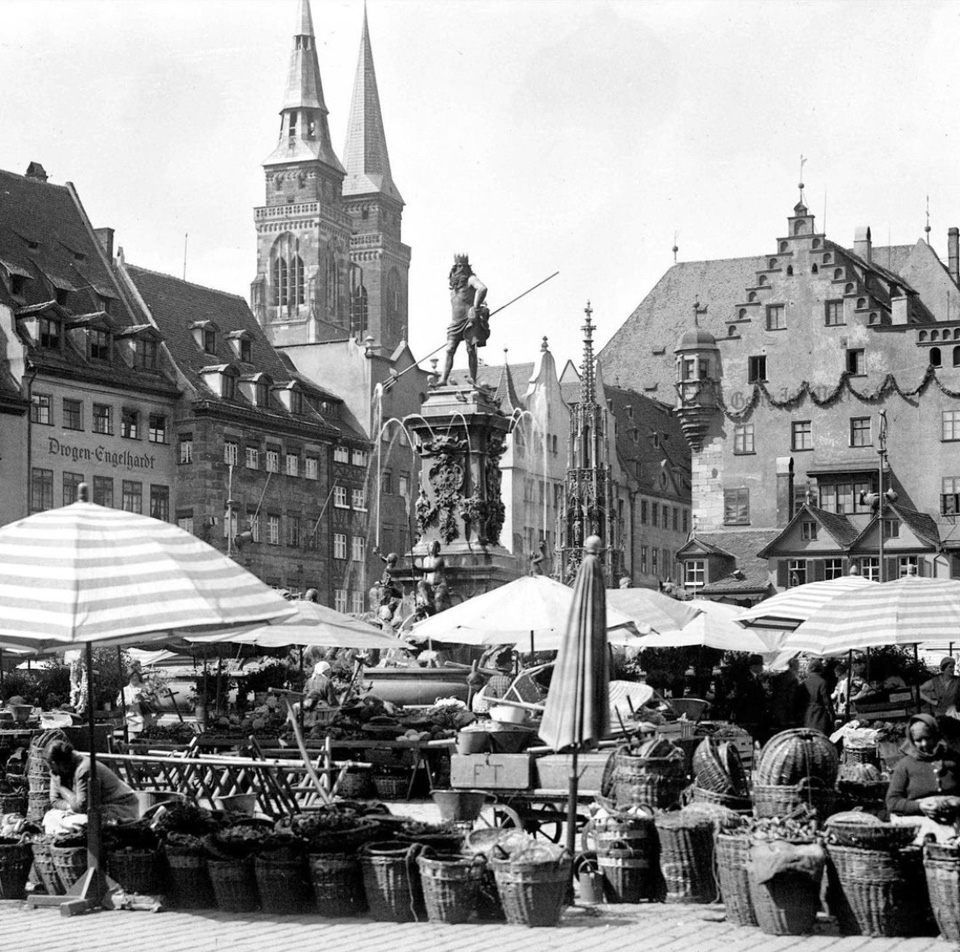
The Main Market Square in the 1920’s with Neptune’s Fountain amid the market stalls and the double spires of the Sebaldus Church in the background. The top of the Beautiful Fountain is also visible.
Photo courtesy of Altstadtfreunde Nürnberg e.V.
Yet again, this story takes another turn of events. The peace fountain stood for over 30 years, that is until the National Socialists took power and attempted to establish a “Third Reich”. First, the plaque in honour of the patron Ludwig Gerngros, who was Jewish, was removed. Next, the public were told the “copy” Baroque fountain was unfitting for the city’s predominantly Gothic and Renaissance architecture. Finally, Hitler himself demanded the removal of the fountain from the now officially renamed “Adolf-Hitler-Platz”, as it obstructed parades at the National Socialists Party Congress held each year in Nuremberg. In 1934, the fountain was duly moved to Schlageterplatz (today’s Willy-Brandt-Platz), directly outside the Gauhaus – offices of the NSDAP. Meanwhile, ironically, the original fountain was taken by the Nazis from St. Petersburg and brought back to Nuremberg, where it remained from 1942 to 1945. Following the war, the original was returned once again to Russia.
After the war, a controversial decision by the city authorities rejected calls to return the fountain to its intended position in the Main Market Square and, in so doing, disregarded Ludwig Gerngros’ clear stipulation. It was moved to the Stadtpark in the city’s north and placed in an already existing, empty basin. This is where it sits today, devoid of its original stone basin, which is now in storage.
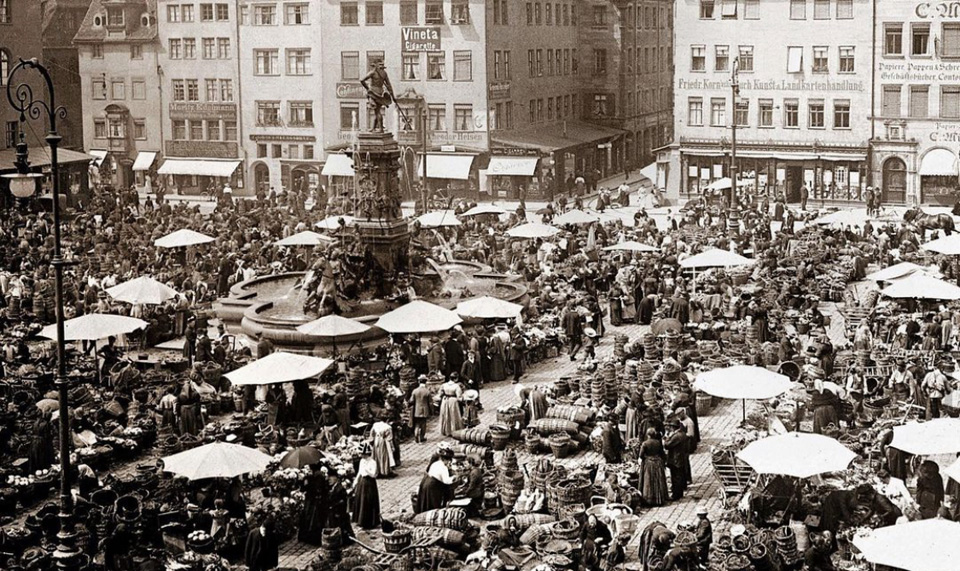
Another view from the 1920’s showing Neptune’s Fountain in Nuremberg’s Market Square.
Photo courtesy of Altstadtfreunde Nürnberg e.V.
In 2008, the city planners discussed a new location of the fountain, but no agreement could be reached. In 2010, a people’s initiative established the group Neptunbrunnen zurück auf den Hauptmarkt e.V., to campaign for the return of the fountain to its intended position. Yet still today there is nothing in the Main Market square that even references the fountain and its extraordinary story.
Instead, you’ll need to rely on your imagination. Imagine a sunny day, walking towards the square along the north side of the church. The gold of the Schöner Brunnen at the far side glints in the sunlight and holds your view. As you progress and the square opens up before you, the nine-metre high, celebratory extravagance of the Baroque fountain commands your attention, like a fanfare of trumpets sounding “Carpe Diem”.
What do you think? Would the fountain give the Market Square an Italian flair? Or will it get in the way of stalls at the Christmas Market? Should Ludwig Gerngroß’ stipulation be followed?
Stay tuned for more of Nuremberg’s rich history!
Sources: https://de.wikipedia.org/wiki/Neptunbrunnen_(Nürnberg) https://de.wikipedia.org/wiki/Nürnberger_Exekutionstag https://en.wikipedia.org/wiki/Fountain_of_Neptune,_Rome http://www.thiel-architekten.de/aktuell/akt_tdm_9_nbg_neptunbrunnen.htm https://www.nuernberg.de/internet/menschenrechte_e/friedensmahl_en.html
